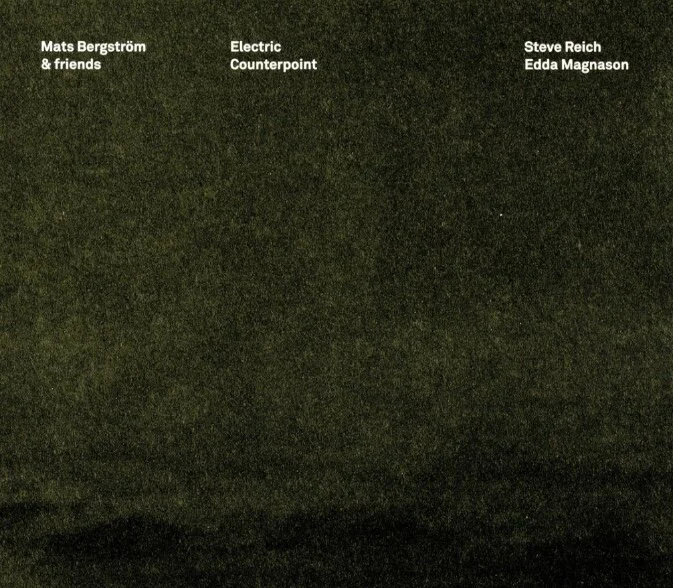João Diogo Leitão: Por onde Fica a Primavera
While my own mind tends to go to Spain for my image of a male guitar player, this album features the artistry and compositions of João Diogo Leitão, a Portuguese musician. (Fair enough, I guess, that the two adjacent countries would share the popularity of guitar.)
Letião’s album is classified by Roon as a folk album. For sure, the instrument used isn't a traditional, modern guitar, but a Portugese traditional instrument called the viola braguesa. The images from Leitão’s website help us visualize the traditional instrument used on this album, which he both plays with his fingers but also a bow.
The album’s title translates to “Where Spring Is,” which I think is an apt vision for this music, and bristles with energy and delicacy of touch that for me brings context to the fragile nature of green plants emerging from the soil. I can’t say for sure what the artist’s own vision was for the pieces, but the rocks pictured on the cover of the album suggest nature and that’s where my head was when listening to these multi-movement pieces.
The opening piece from which the album gets its name is a 27 minute composition divided into four acts. The piece opens with something that I noticed throughout the entire album, the artist’s fearless desire to explore dissonance. In musical terms, the intervals between notes take on consonant or dissonant sound with one another. Our ears like the intervals of thirds and sixths especially. Seconds, especially, offer us the context of some kind of friction or need for resolution. The opening act of the first piece introduces a number of dissonant intervals within a palpable tapestry of sound. The texture that is so much a part of the sound of a guitar is explored deeply both as part of this artist’s technique but also as part of his style of composition with the viola braguesa.
The second piece is entitled Dos Rituals Perdidos, or Two Lost Rituals. The first movement is named invocation, and features bowed strings and the use of hands on the instrument’s body for percussive effects. The second movement is called Sacred Dance, and to my ears, starts with plucking of the strings near the tuning pegs. The piece presents a couple of different musical cells that are then developed over time. The music isn’t particularly melodic, which speaks to the overall aesthetic of the album by this point in the tracklist. The appeal of this music comes from rhythm, the percussive and textural quality of the instrument, and for me, the otherworldly connotation brought about from the artist’s harmonic language. The Sacred Dance, especially, speaks to the style of the music on this album being deeply rooted as art music. I should be forthright in stating that this isn’t casual, feel good music that you might expect to hear at a waterside café, overlooking the ocean with blue skies. The music presented here might be unlike much of anything you’ve heard, especially the grating sound of the bowed strings that opens the third (and my favorite) piece, Da Harpa do Guerreiro: From the Warrior’s Harp.
The sound evoked in the second movement of the Warrior’s Harp is weirdly placed between time, it feels; this is contemporary music played on an instrument with a long tradition. The third and last movement, and last track of the album, Lírio Ave, long at over 10 minutes, display’s the artist’s technical abilities as well as his compositional planning in bringing a number of diverse ideas and riffs together in the end to something altogether satisfying. I am guessing he’s ended concerts with this piece, and spending time with it, you’ll see why.
The mastering of the album is well done, I appreciated the miking done to my liking, with a lot of dry detail but not without the sense of acoustic and reverb, especially when the viola braguesa is pushed hard.
This is an album that may not appeal to everyone; I wouldn’t recommend it if you can’t give it your full concentration. But the music for me so richly paints images in my mind of places and scenes both so foreign and interesting.





